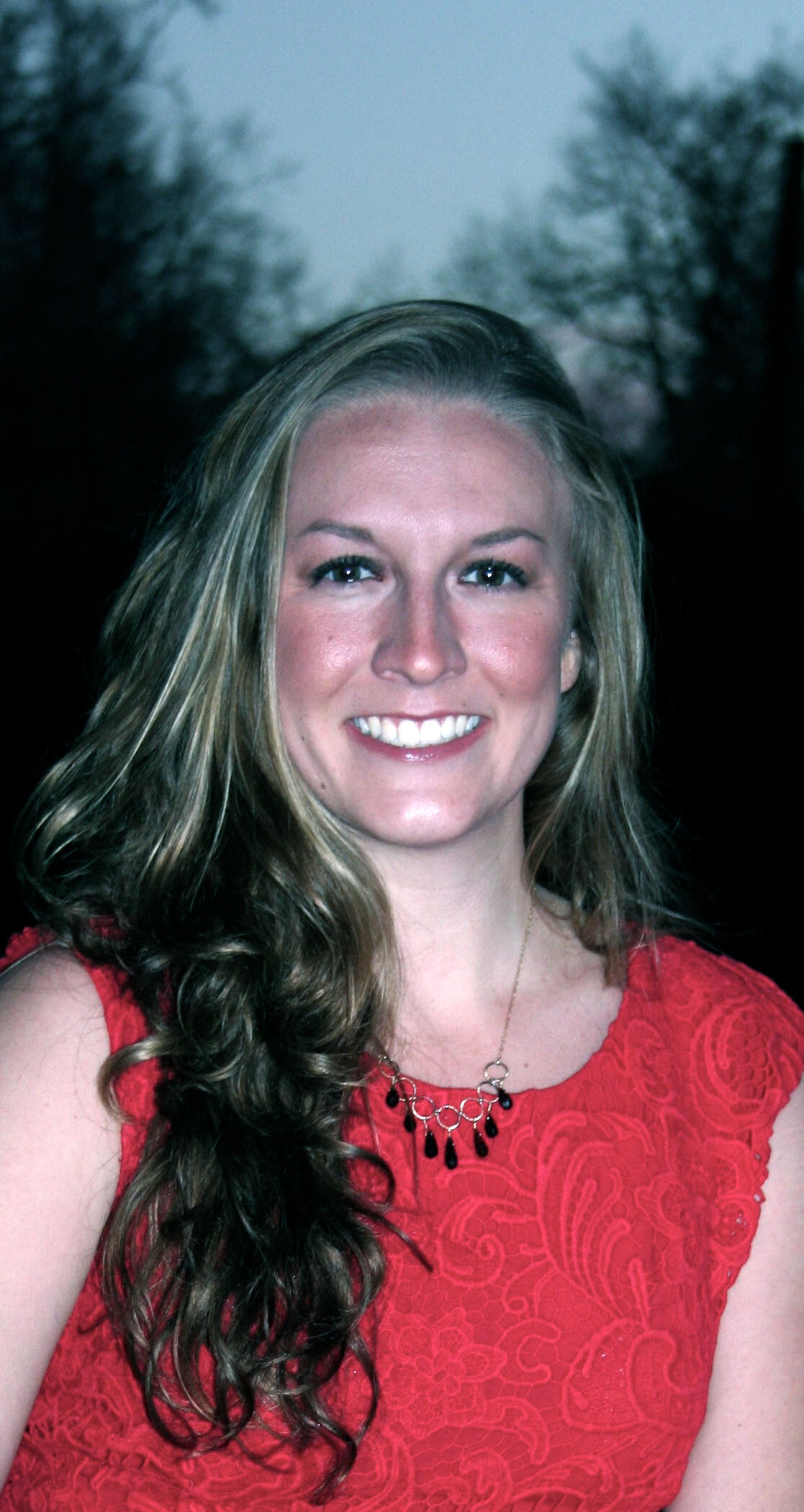UCSB-SDSU doctoral candidate, Elizabeth Kennedy, received a US Fulbright Student Award for 2013-2014 to conduct research with repatriated child migrants and children and youth living in lower income neighborhoods in El Salvador. El Salvador, Guatemala and Honduras are the primary sending countries of Unaccompanied Alien Children (UAC) to the United States, accounting for nearly 90 % of the 23,500 child migrants who entered shelters in 2013. The reasons for their migration are many, but it is important to note that these nations have amongst the highest rates of violence in the world, violence that disproportionately affects young people.
The number of unaccompanied child migrants from Mexico and Central America caught at the U.S. border is escalating dramatically. According to a December 23, 2013 article by Mother Jones reporter Ian Gordon, “Over the past five years, the number of undocumented children—mostly teens, but some as young as five—apprehended crossing the border without parents or guardians has tripled, rising from 8,041 in fiscal year 2008 to 24,481 in fiscal 2012, with a 52 percent increase from 2011 to 2012 alone. Countless others made the trip without getting caught. A major factor in the increase, known simply as ‘the surge’ to government officials and child-welfare advocates, appears to be the rise in gang violence in Central America. The number of Guatemalan, Honduran, and Salvadoran children crossing alone has skyrocketed in recent years, even as the number of Mexican kids has held steady.”
Elizabeth was interviewed about the phenomenon by Ian Gordon, and she is quoted as saying, “What’s alarming is that there’s an increasing number saying they’re fleeing forcible gang recruitment and gang violence. They were being forcibly recruited into the gangs and didn’t want to be a part of it, and so they had to flee because threats had been made on them or their family members” (source).
“Unaccompanied children barely register in the national immigration debate, where most of the talk about youth has focused on the DREAM Act, the proposed legislation that would legalize some undocumented immigrants brought to the country as kids. (It would require five years of residency and a high school diploma, disqualifying most of these more-recent migrants.) Legal-aid groups have pushed reforms such as government-appointed lawyers for unaccompanied children. Many of them, advocates note, actually qualify for asylum or other legal relief, but will never know it because they don’t have legal representation.
When apprehended, kids trying to cross the border are treated differently than adults: Instead of being placed in immigration detention, they are turned over to the Office of Refugee Resettlement, a division of the Department of Health and Human Services. While seeking to reunify the kids with US-based family during their deportation proceedings, ORR puts them up in shelters run by nonprofit subcontractors like Catholic Charities. Journalists aren’t allowed into the shelters ‘for safety reasons,’ and as a result, according to the Director of the Young Center for Immigrant Children’s Rights, unaccompanied children are essentially invisible.
In fiscal 2011, ORR had 53 shelters that housed 6,560 kids. In 2012, those numbers increased to 68 and 13,625; in 2013, there were 80 shelters and 24,668 unaccompanied children. The majority are in states along the Mexican border, hours from big cities, which means it’s even harder for kids to find legal representation—and stave off being sent back to the dangerous situations they fled.
ProBAR, a pro bono project that specializes in representing unaccompanied children, is based in the South Texas border city of Harlingen, a half hour west of Brownsville. Managing attorney Kimi Jackson says the number of beds ProBAR serves jumped from 369 in September 2011 to 1,187 in September 2013. Jackson says the government has been reunifying unaccompanied kids with family members faster than ever before—the average shelter stay has fallen from 72 days in 2011 to 45 days. That’s good for the kids, but it has complicated ProBAR’s work: It means less time to tell them about their rights and screen them about their experiences to build a case against deportation. “We are not able to provide the same services that we used to, because there just isn’t time,” Jackson admits” (Ibid.).


.jpg)
[1]_1.jpg)

